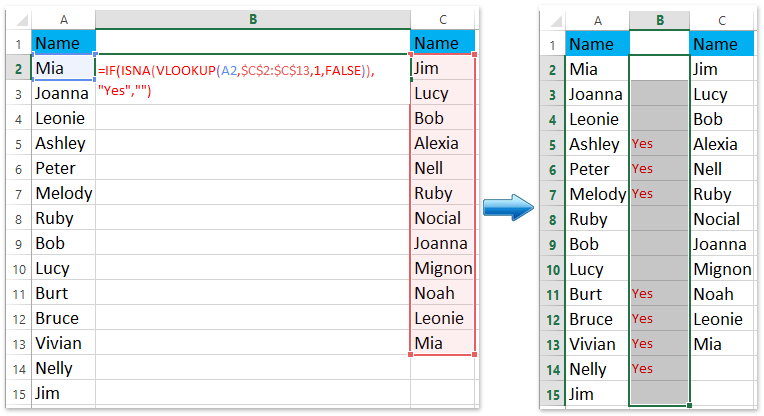

#2 Count Cells when Criteria is NOT EQUAL to a Specified text.#1 Count Cells when Criteria is EQUAL to a Specified text.#4 Count Cells with Multiple Criteria – Between Two Values.#3 Count Cells when Criteria is LESS THAN a Value.#2 Count Cells when Criteria is GREATER THAN a Value.#1 Count Cells when Criteria is EQUAL to a Value.Using NUMBER Criteria in Excel COUNTIF Functions.Excel COUNTIFS Function (takes Multiple Criteria).Excel COUNTIF Function (takes Single Criteria).An Introduction to Excel COUNTIF and COUNTIFS Functions.You can manually refresh the pivot tables, if you prefer. The zipped file is in xlsb format, and contains an optional macro.
COUNT FOR UNIQUE VALUES EXCEL MAC FULL
To learn more about this technique, read Roger’s article for the full details, and download his sample file. However, this method slows down the workbook, so use the “pivot the pivot” method if you can, for a large set of data. Then, in the pivot table, the “Unique” field is added, and its caption is changed to “Person “. It returns a 1 in the first row that a person’s name appears, and a 0 in subsequent rows for that person. In the screen shot below, you can see the COUNTIF formula that’s used in column J. So, instead of the previous method, you can add a formula in the pivot table’s source data, to calculate a unique count. If you’re using Excel 2007 or an earlier version, there’s no option for repeating labels in a pivot table.

Roger Govier has written an new tutorial on my Contextures website, to explain the steps. If you’re not using PowerPivot, you can still create a Unique Count field – with a bit of work.
COUNT FOR UNIQUE VALUES EXCEL MAC HOW TO
Here’s how to get a unique count in Excel Pivot Table, with Power Pivot.įor example, see a count of the stores in each region or city, instead of the number of records for each store. If you’ve built a Power Pivot pivot table, you’re in luck – it does have a DISTINCTCOUNT function. A pivot table can sum and count and average, and do several other functions, but so far, it doesn’t have a Unique Count (Distinct Count) function.


 0 kommentar(er)
0 kommentar(er)
